Not only bringing economic benefits to the family, cooking cobra venom has partly supported snake farmers in the craft village to sell their products during the sluggish days due to the Covid-19 pandemic.
Business is slow, so cobras are cooked into glue to sell.
Born and raised in the largest cobra breeding village in Phu Tho province, since childhood, Nguyen Van Binh (born in 1990), residing in zone 1, Tu Xa commune, Lam Thao district, has been familiar with the image of cobras raised in large and small cages of his family and neighbors.

Born in a cobra breeding village, Binh became familiar with these venomous snakes early on.
Although it is a venomous snake with a bulging neck, a hissing sound and a scary red tongue, thanks to the cobra, many households in his hometown have become well-off. Every day, trucks come and go busily, buying snake eggs or commercial snakes to export.
Growing up, following the village profession, Mr. Binh boldly invested capital to raise cobras for commercial purposes, serving export orders to China. Along with that, Mr. Binh filtered and cooked old snakes that were not heavy enough to sell as commercial snakes into cobra venom.

The snake is gutted, cleaned, cut into pieces and cooked with both meat and bones.
“I researched some documents and found that cobra venom is extremely good for health, especially for people with bone and joint problems. The whole cobra venom contains many amino acids, saponozit, protein, folic acid and precious minerals that help increase synovial fluid for joints and regenerate cartilage, restore inflammation... so I also researched the formula and cooked cobra venom. The first batches of snake venom, I mostly gave to my grandparents, siblings and for family use, not for sale,” said Mr. Binh.
However, in 2019, the Covid-19 epidemic began to appear, all export orders were suspended, and China completely stopped purchasing cobras. The cobra breeding village in his hometown faced unprecedented difficulties. A series of snake farmers had to sell off the snakes in their cages along with snake eggs at cheap prices to make up for their losses.

Cooking cobra venom has helped snake breeding villages increase economic value and consumption of products made by the village itself.
Not only that, tens of thousands of snakes have no buyers, many families leave them in cages because they don’t have money to buy food to maintain their health. Some families have to dump snake eggs into ponds because no one buys them.
“Before the pandemic, each kilo of cobra cost 700,000-800,000 VND, each snake egg cost 50,000-70,000 VND/egg. When the pandemic hit, no one bought it, snake breeders were in trouble because there was no outlet, even if they sold it cheaply, no one would buy it,” Mr. Binh recounted.
Seeing that, Mr. Binh immediately researched, improved, and perfected the recipe for cooking cobra venom, finding ways to sell snakes to help his family and some snake farmers in the craft village.
How to cook cobra venom?

Cobra venom products are sold for 7-8 million VND/kg.
According to Mr. Binh, the cobra snakes used to make glue must be over 2.5 years old and must be licensed by the state to be raised in the craft village. Absolutely do not use snakes caught in the wild. Cobra glue is 100% cooked from cobras and is cooked with all the properties, that is, cooked with both meat and bones, only removing the organs, adding a little ginger and cinnamon but not too much.

The snake is gutted, cleaned, cut into pieces and cooked for 5 days and 4 nights.
“We have to balance the ginger and cinnamon just enough, not too much so that people with high blood pressure can still use the balm without affecting their health. I have to cook many batches of balm over and over again. Some batches are too sticky, not hard enough, some batches have too much cinnamon, ginger... I have to ask for opinions from people who have used it and then gradually perfect the formula, creating the best quality batches of cobra balm before selling it,” Mr. Binh analyzed.

After breeding, cobras will be cooked to make glue.
The cobras of the right age and meeting the standards are slaughtered, all the organs removed, cut into moderate pieces, blanched in boiling water and then cooked on a gas stove for 5 days and 4 nights, producing a thick, golden brown substance.
According to Mr. Binh, on average, every 10kg of cobra snake will yield 0.6kg of glue and he sells it for 7-8 million VND/kg. The batches of cobra glue produced were well received and ordered by many people at that time, helping snake farmers consume a part of the commercial cobra snakes.

Cobra venom is sold by the ounce and can be stored in the refrigerator for about 2 years.
“This product was quite new and good at that time, so people told each other and it sold very well. People at that time had both money and time, and were more concerned about their health, so I sold out as much as I could cook,” said Mr. Binh.
Up to now, after the Covid-19 pandemic has receded for several years, the market has resumed trading, Mr. Binh still maintains cooking cobra venom, supplying to customers in need across the country. From cooking cobra venom, Mr. Binh also helps snake farmers consume the village's products, bringing in an income of over 100 million VND/year for himself and his family.
Source: https://danviet.vn/e-am-mang-nghin-con-ran-ho-mang-doc-di-nau-cao-1-anh-nong-dan-phu-tho-lam-khong-kip-ban-20250129221226659.htm


![[Photo] Discover unique experiences at the first World Cultural Festival](https://vphoto.vietnam.vn/thumb/1200x675/vietnam/resource/IMAGE/2025/10/11/1760198064937_le-hoi-van-hoa-4199-3623-jpg.webp)


![[Photo] General Secretary attends the parade to celebrate the 80th anniversary of the founding of the Korean Workers' Party](https://vphoto.vietnam.vn/thumb/1200x675/vietnam/resource/IMAGE/2025/10/11/1760150039564_vna-potal-tong-bi-thu-du-le-duyet-binh-ky-niem-80-nam-thanh-lap-dang-lao-dong-trieu-tien-8331994-jpg.webp)

![[Photo] Opening of the World Cultural Festival in Hanoi](https://vphoto.vietnam.vn/thumb/1200x675/vietnam/resource/IMAGE/2025/10/10/1760113426728_ndo_br_lehoi-khaimac-jpg.webp)
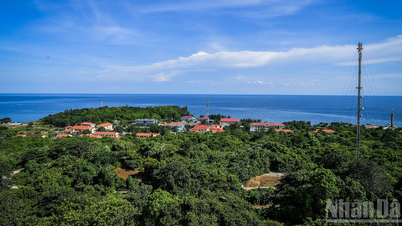

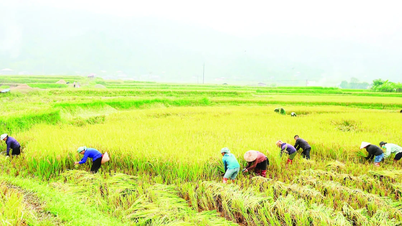

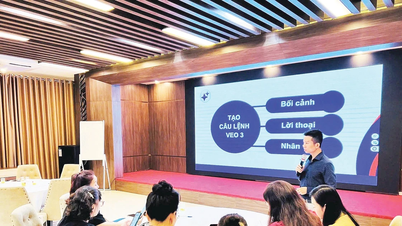












![[Photo] Ho Chi Minh City is brilliant with flags and flowers on the eve of the 1st Party Congress, term 2025-2030](https://vphoto.vietnam.vn/thumb/1200x675/vietnam/resource/IMAGE/2025/10/10/1760102923219_ndo_br_thiet-ke-chua-co-ten-43-png.webp)
































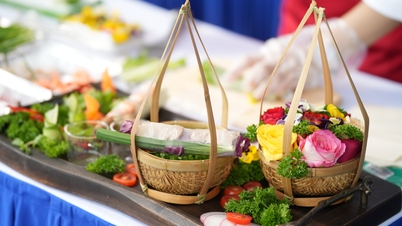










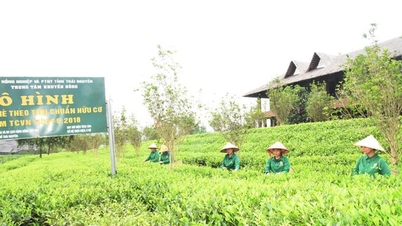
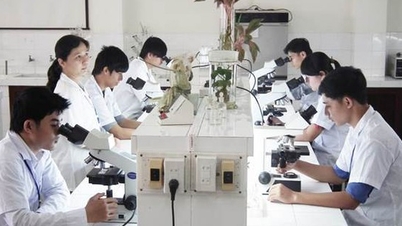








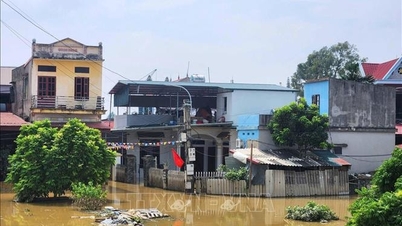


















Comment (0)